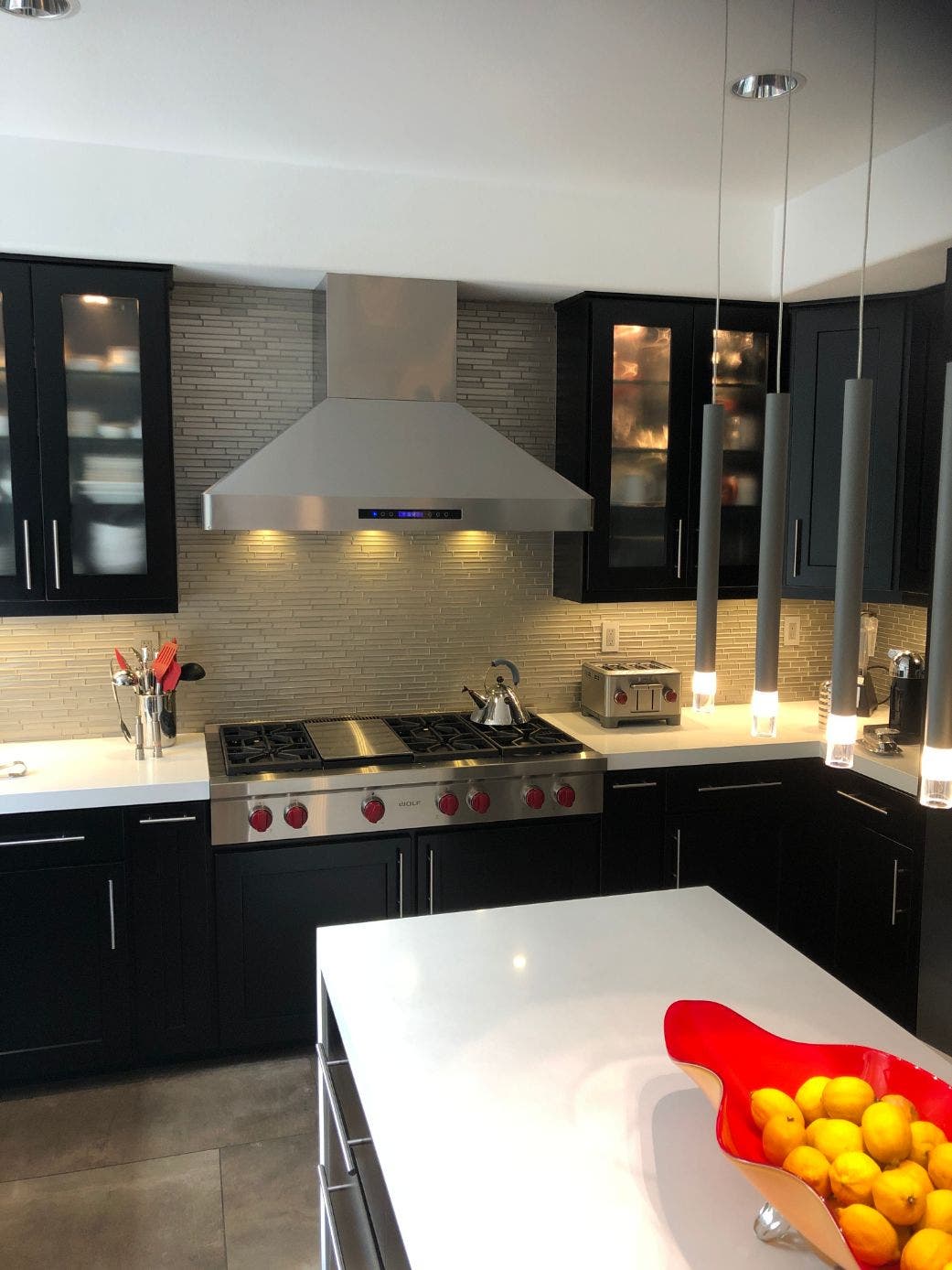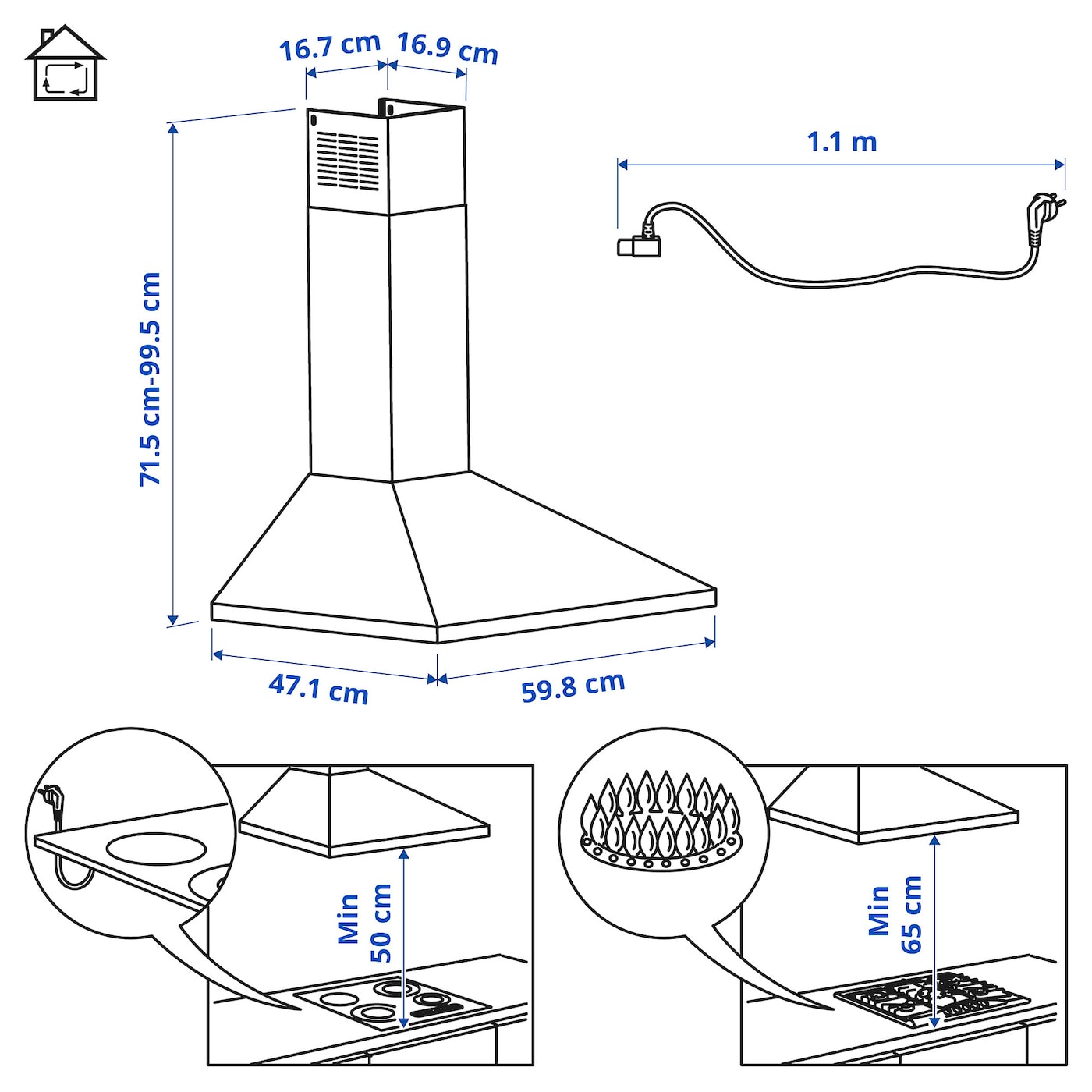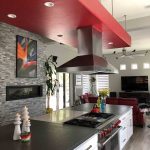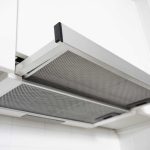Introduction
Standard range hood height – Achieving optimal kitchen ventilation is essential for maintaining a clean, comfortable, and healthy indoor environment. The range hood plays a central role in this process by removing smoke, grease, odors, and airborne particles generated during cooking. One crucial aspect of range hood installation is determining the proper height for optimal performance. In this comprehensive guide, we explore the best practices for selecting and installing the standard range hood height to maximize kitchen ventilation efficiency.
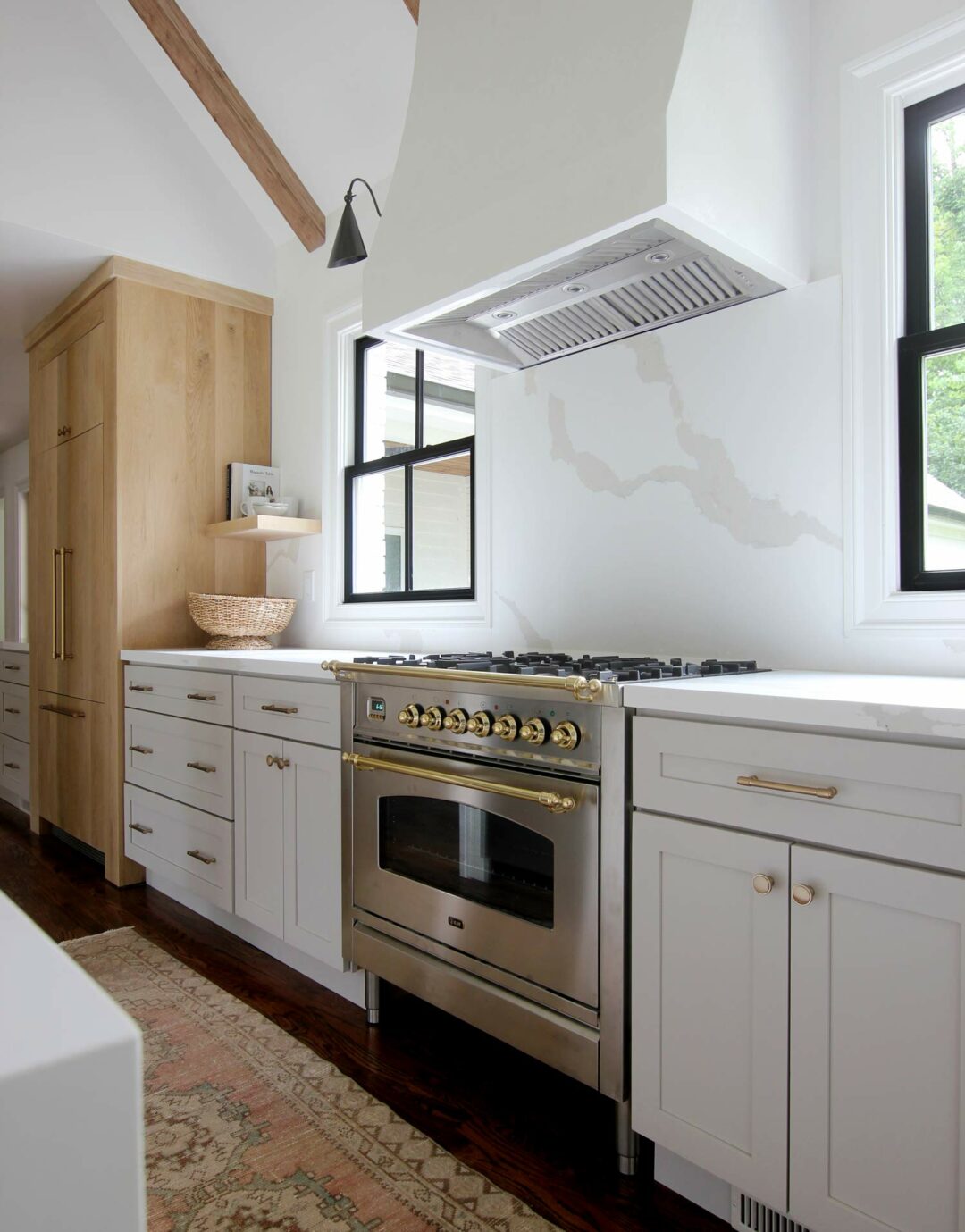
1. Understanding Range Hood Functionality:
Before determining the ideal height for your range hood, it’s essential to understand how these appliances function. Range hoods work by capturing cooking by-products and expelling them outside through ductwork or filtering and recirculating the air back into the kitchen. Proper positioning ensures effective capture and removal of pollutants, minimizing their impact on indoor air quality.
2. Consider Kitchen Layout and Stove Placement:
The layout of your kitchen and the placement of the stove play a significant role in determining the optimal range hood height. Ideally, the hood should be installed directly above the cooking surface to capture pollutants at the source. Consider factors such as the height of cabinets, ceilings, and any obstacles that may affect airflow and clearance requirements.
3. Recommended Height Guidelines:
While there is no universal standard for range hood height, several guidelines can help you determine the appropriate placement:
- For optimal performance, the bottom of the range hood should typically be positioned 24 to 30 inches above the cooking surface.
- Gas stoves may require slightly higher mounting heights compared to electric or induction cooktops due to the higher heat output and potential for flame flare-ups.
- If your range hood features a capture area or “capture zone,” ensure that it aligns with the cooking surface to maximize pollutant capture efficiency.
4. Adjustments for Ceiling Height:
In kitchens with high ceilings, adjustments may be necessary to maintain proper clearance and airflow. For ceilings higher than the standard 8 to 9 feet, consider installing a chimney extension kit or using decorative trim to extend the range hood downward. This ensures adequate coverage and pollutant capture without compromising aesthetic appeal.
5. Balancing Aesthetics and Functionality:
While functionality is paramount, it’s also essential to consider the visual impact of the range hood installation. Choose a hood style and design that complements your kitchen decor while prioritizing efficient ventilation. Wall-mounted, island, under-cabinet, and downdraft range hoods offer different installationoptions to suit various kitchen layouts and design preferences.
6. Ensuring Proper Ventilation and Ductwork:
Regardless of the range hood height, proper ventilation and ductwork are crucial for effective pollutant removal. Ensure that the hood is vented to the outdoors whenever possible, as this provides superior pollutant extraction compared to recirculating models. Install ductwork with smooth, unobstructed pathways to minimize airflow restrictions and maximize ventilation efficiency.
7. Consulting with a Professional Installer:
If you’re unsure about the optimal range hood height or encounter challenges during installation, don’t hesitate to consult with a professional installer or HVAC technician. These experts can assess your kitchen layout, ventilation needs, and local building codes to recommend the best placement and installation approach for your specific requirements.
8. Regular Maintenance and Cleaning:
Once the range hood is installed, regular maintenance and cleaning are essential for optimal performance. Clean or replace the grease filters as needed to prevent buildup and ensure unrestricted airflow. Wipe down the exterior surfaces regularly to remove grease, dust, and grime, and inspect the ductwork for any signs of damage or obstruction.
9. Considerations for Over-the-Range Microwaves:
For kitchens equipped with over-the-range microwaves with integrated ventilation, similar height guidelines apply. Position the microwave hood combination at a height that allows for efficient capture and removal of cooking by-products while maintaining proper clearance above the cooking surface. Follow the manufacturer’s recommendations for installation and ventilation requirements.
10. Adhering to Local Building Codes:
Lastly, ensure that your range hood installation complies with local building codes and regulations governing kitchen ventilation systems. Building codes may specify requirements for clearance distances, ductwork installation, vent termination locations, and fire safety measures. Failure to adhere to these regulations can result in safety hazards and code violations.
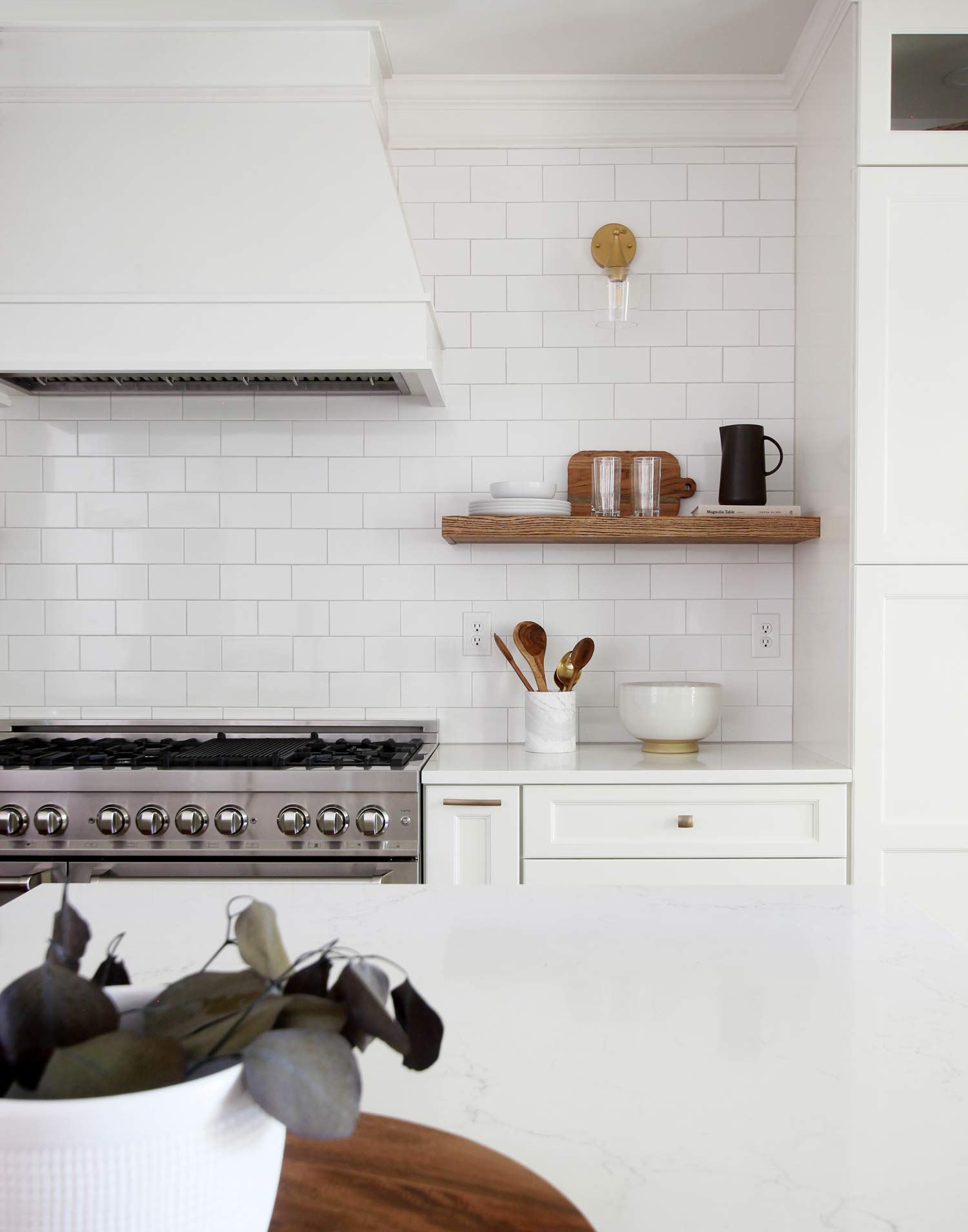
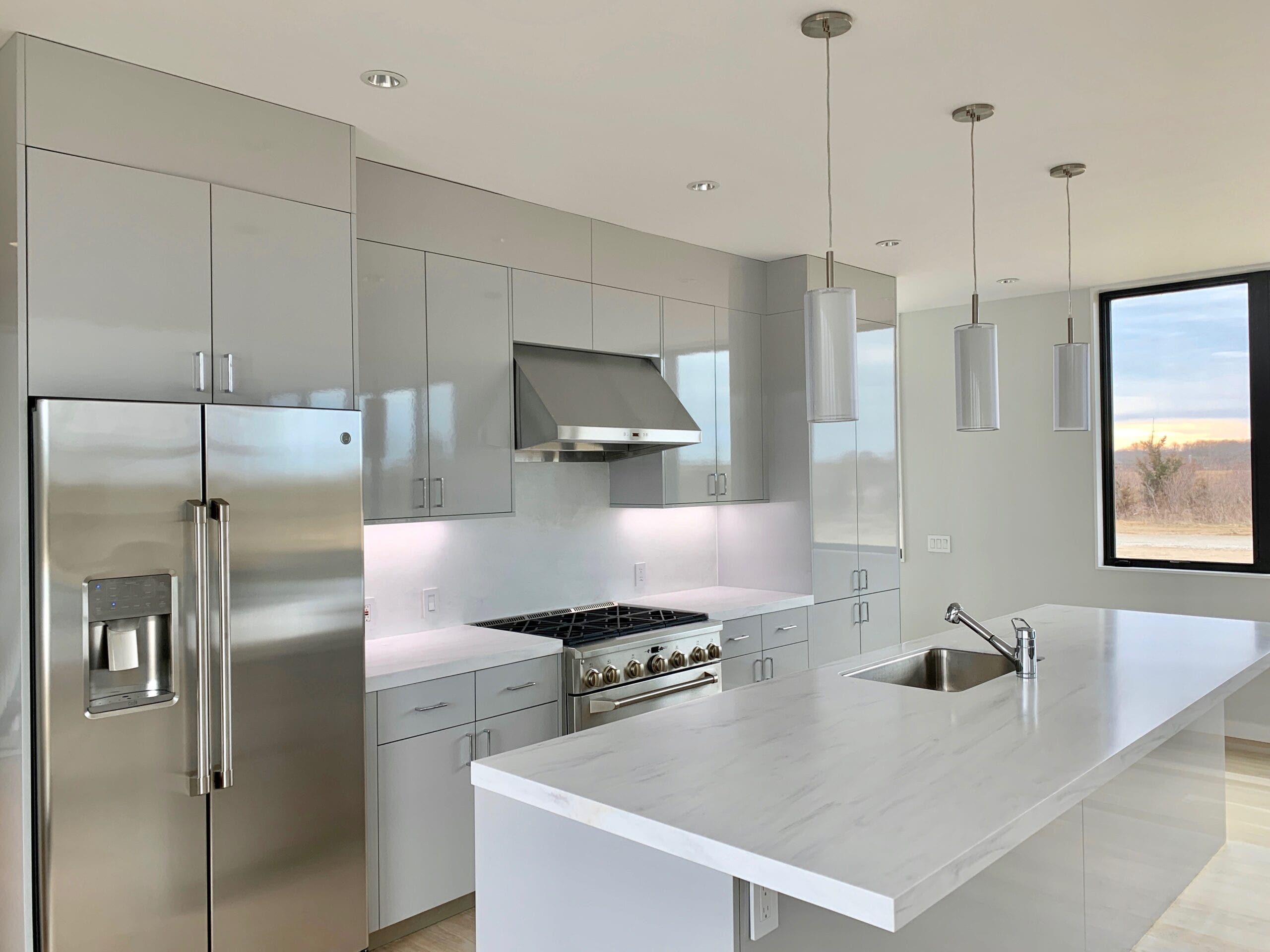
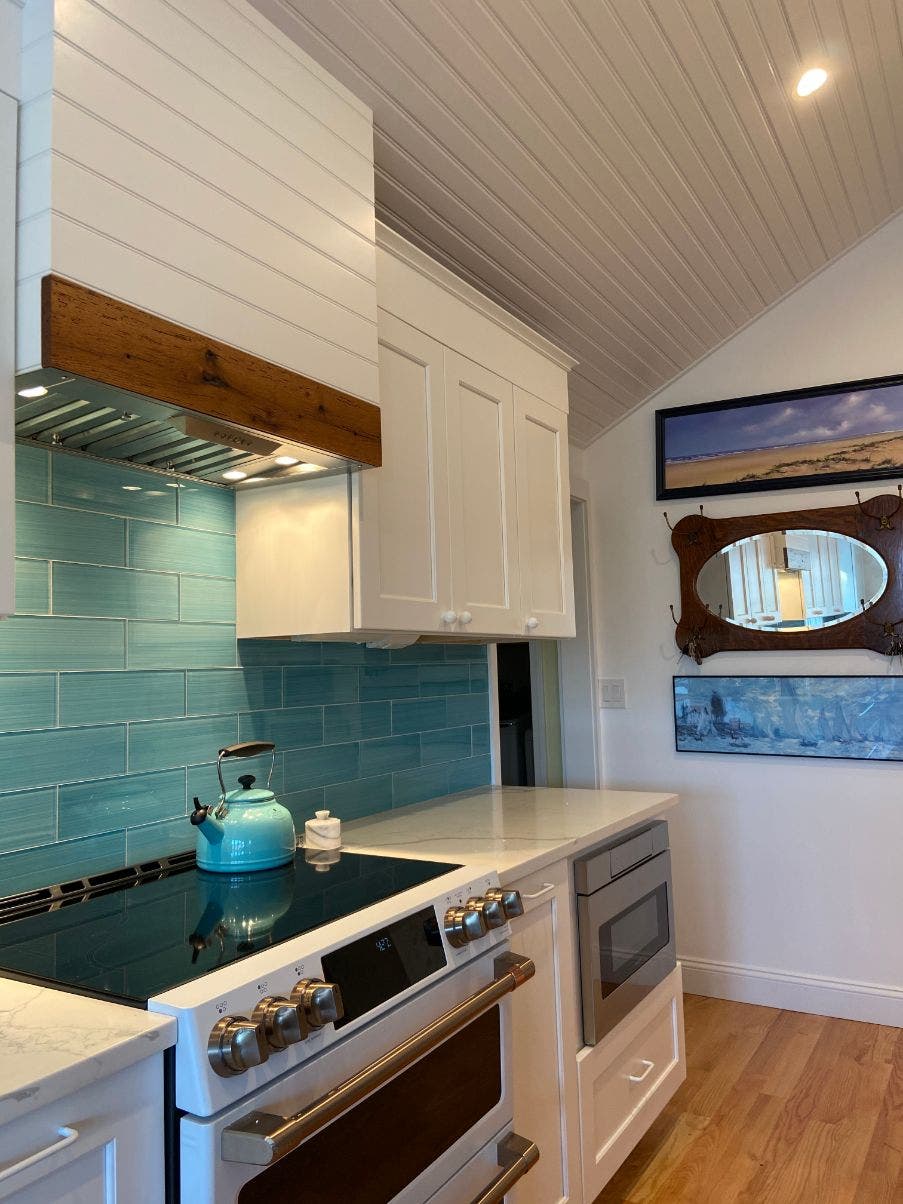
Conclusion:
Selecting the standard range hood height involves considering factors such as kitchen layout, stove placement, ceiling height, and aesthetic preferences. By following recommended guidelines, consulting with professionals as needed, and prioritizing efficient ventilation and airflow, you can achieve optimal kitchen ventilation and maintain a healthy indoor environment. Invest in proper installation, regular maintenance, and adherence to building codes to ensure long-term performance and functionality of your range hood system.
